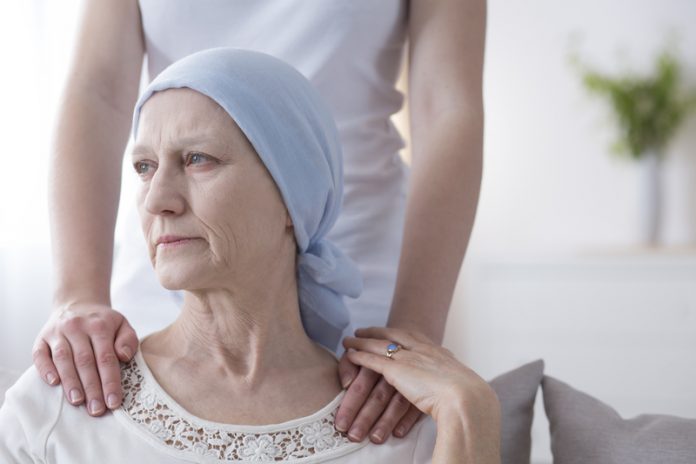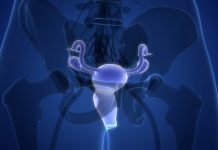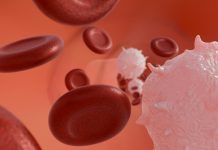Greg Quinn, BD UK, explores how cancer treatment and services have been impacted by the pandemic and the potential role of medical technology in supporting the NHS during this complex time
Recent analysis by Cancer Research UK found there was a 2.4 million shortfall in screening, referrals, and treatment for cancer over the 10-week period from the start of the first lockdown in 2020 compared with previous normal levels of activity. In addition to this worrying shortfall, NHS staff are facing burnout which can lead to poorer quality of care, increased risk of errors, and low patient experience and satisfaction.
This has resulted in the already significant vacancy rate increasing further. This might be partly due to staff feeling overstretched (there are over 10,000 permanent nursing vacancies in London alone). Alongside the backlog of patients and reduced space to treat those patients, this has created a ‘COVID-19 pressure cooker’ for healthcare workers.
Despite these pressures, we have witnessed a shift towards the positive adoption of automation within the NHS. The speed at which the NHS is adopting technology is promising; it will be essential for addressing current pressures and preparing for the future. This uptake also fully supports the NHS’s ‘digital first’ long term strategy. For example, pharmacies are seeking greater efficiencies as they are now busier than ever. There is an increase in the adoption of modern and digital technologies to automate internal processes so that they work smarter and free up resources.
Key challenges facing cancer treatment today
Macmillan estimates that across the UK, there are currently around 50,000 ‘missing diagnoses’, meaning that compared to a similar timeframe last year, 50,000 fewer people have been diagnosed with cancer. Cancer Research UK and other charities have even had to cut funding, meaning dozens of potential life-saving projects and hundreds of world-class scientists have been left unfunded.
On the frontline, many specialist healthcare staff are being redirected to COVID-19 wards. For example, we are seeing staff being moved from the aseptic unit (a sterile unit where the manufacturing of chemotherapy injectable medicines takes place) into other areas of the hospital. We hear of clinicians being pulled into the intensive care units (ICU), having to train ‘on the go’, and cover ICUs which in turn has over-stretched other areas of the hospital.
There is also a shift in how patients receive care. In order to minimise risk of exposure to COVID-19 and manage the increased number of admissions, many healthcare services are redirecting patients to community-based settings. With these key challenges, along with general fear of contracting the virus in hospitals, the system is seeking to facilitate the care continuum, through subcutaneous and oral treatments that can be administered at home.
Addressing these issues with technology
The pandemic has created an environment where the uptake of digital technologies and innovation has certainly accelerated.
In the short term, technology is playing a vital role in reducing the pressures created by the pandemic. From online consultations to IV compounding workflow solutions and automated dispensing cabinets for medicines in hospital wards, conversations around technology are being listened to. It’s realising that the smallest of digital transformations can have a great positive impact, from reducing nurse burnout and increasing efficiency to providing greater care and reassurance to patients, as well as keeping them safer.
Through its efficiency, accuracy, medication visibility and reporting capabilities, automation is supporting staff in making a shift from pure operational and administrative tasks, to more clinical-based activities. Technology can streamline workflows through integrated systems. Digitising patient records and e-prescribing systems are reducing paper-based systems and the need for manual checks, keeping health workers focused on their patients, reducing time and pressure burdens. Medication systems that automate manual processes allow the preparation and dispensing processes to be more efficient and accurate, freeing up beds quicker, optimising best outcomes and ensuring that the right medicine gets to the right patient, at the right time.
The role of technology in the long term
Cancer charity Macmillan has pointed out that cancer is more commonly becoming a ‘long term condition’, that people can live with for many years. Therefore, the role of technology must now adapt to help these patients live the best normal life possible.
Patients can have a better life, with the knowledge and access to innovations they can use themselves, such as at-home monitoring devices.
Technology must also adapt to its setting. For example, ambulatory infusion therapy enables patients to decrease or totally avoid hospital or nursing home stays and resume normal routines and work behaviours while still treating their illnesses. There is also an opportunity to reopen a stream of funding for new treatments and reimbursement of current interventions. The efficiency savings from this approach alone can help fund the investment.
Additionally, the recent ‘Transforming NHS Pharmacy Aseptic Services in England – A national report for the Department of Health and Social Care’ by Lord Carter of Coles, shows the need for the private sector to work closely with the NHS in the name of collaboration and further digital innovation.
Addressing current needs and preparing for the future
We are very aware of the impact that COVID-19 has had on so many, but it’s important to highlight the indirect impact that COVID-19 has had on cancer patients – the pandemic’s hidden victims. Everyone thinks COVID-19 is the challenge to the NHS – but it has only exaggerated the challenges it was already facing.
The focus must now be on all parties working together. The COVID-19 pandemic has unlocked unforeseen opportunities for innovation and different ways of working, which we hope in the long term will benefit cancer patients, their treatment, and their way of living the best life they can.











